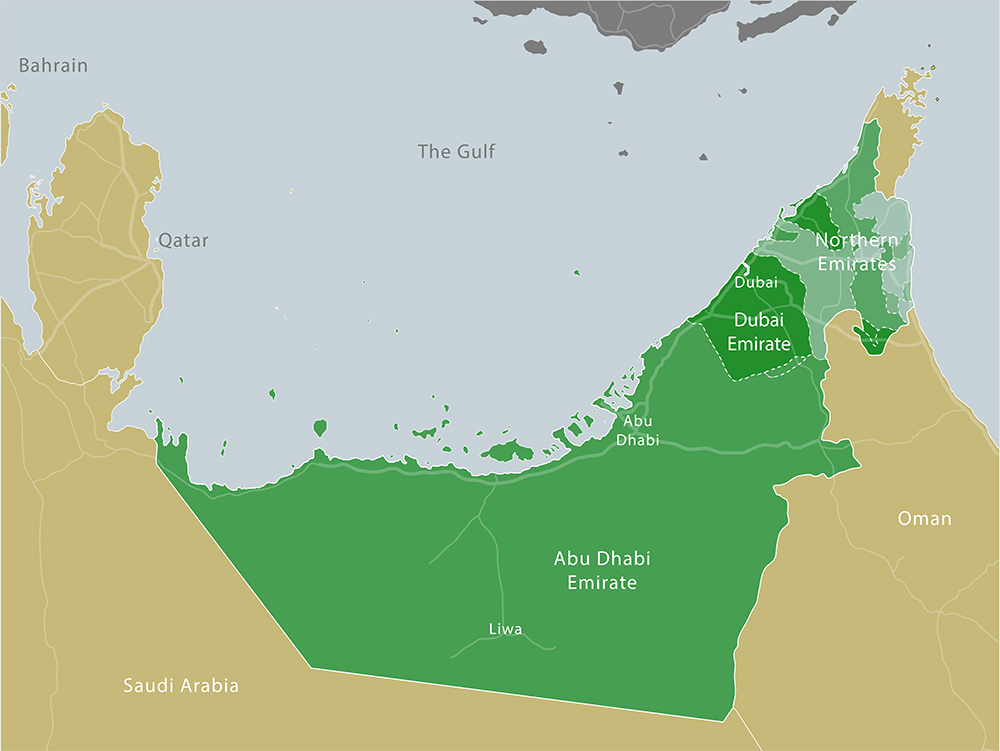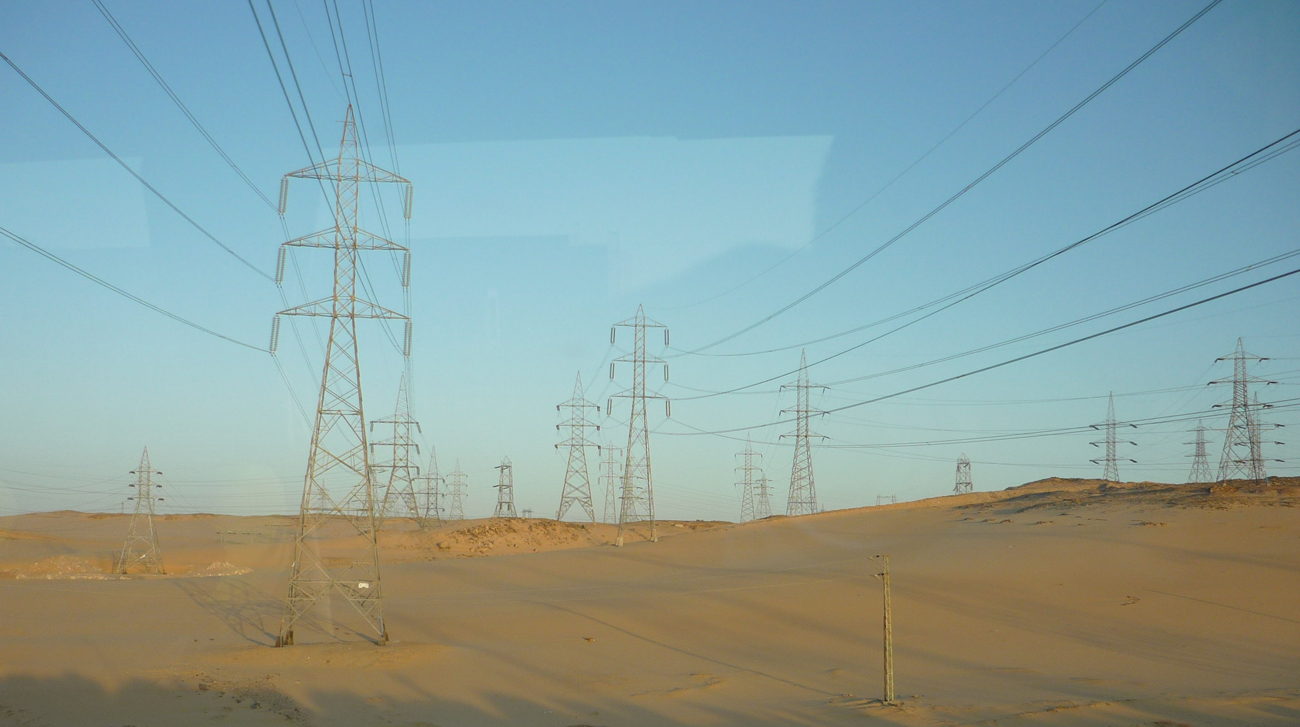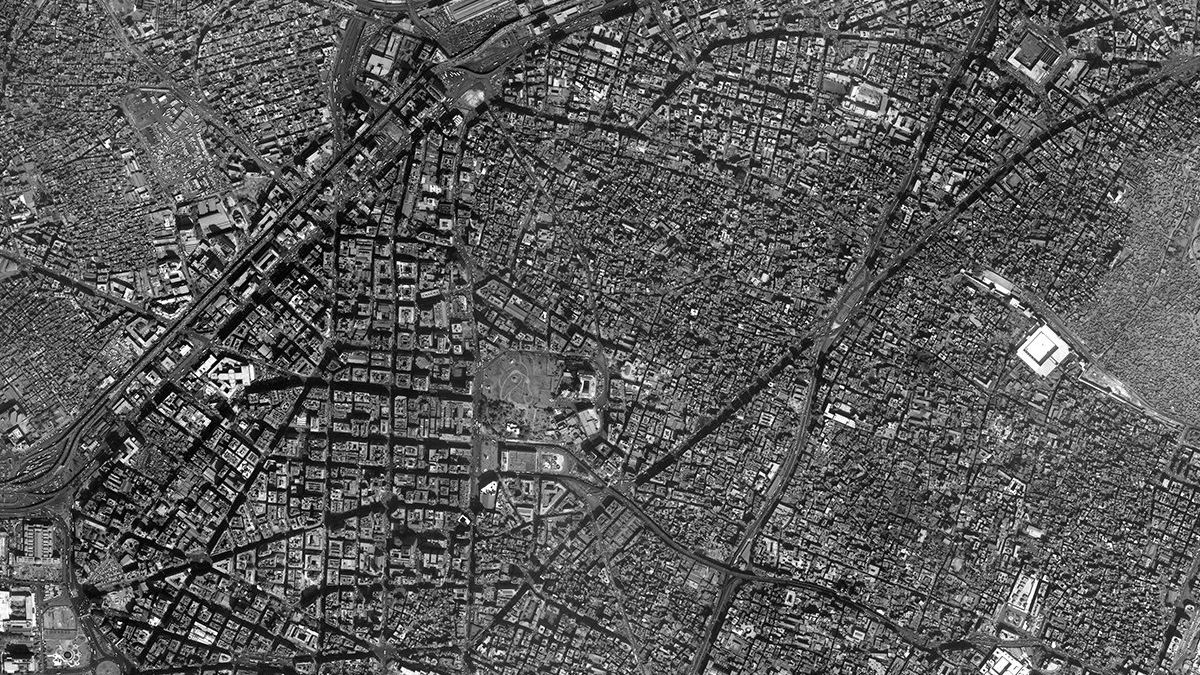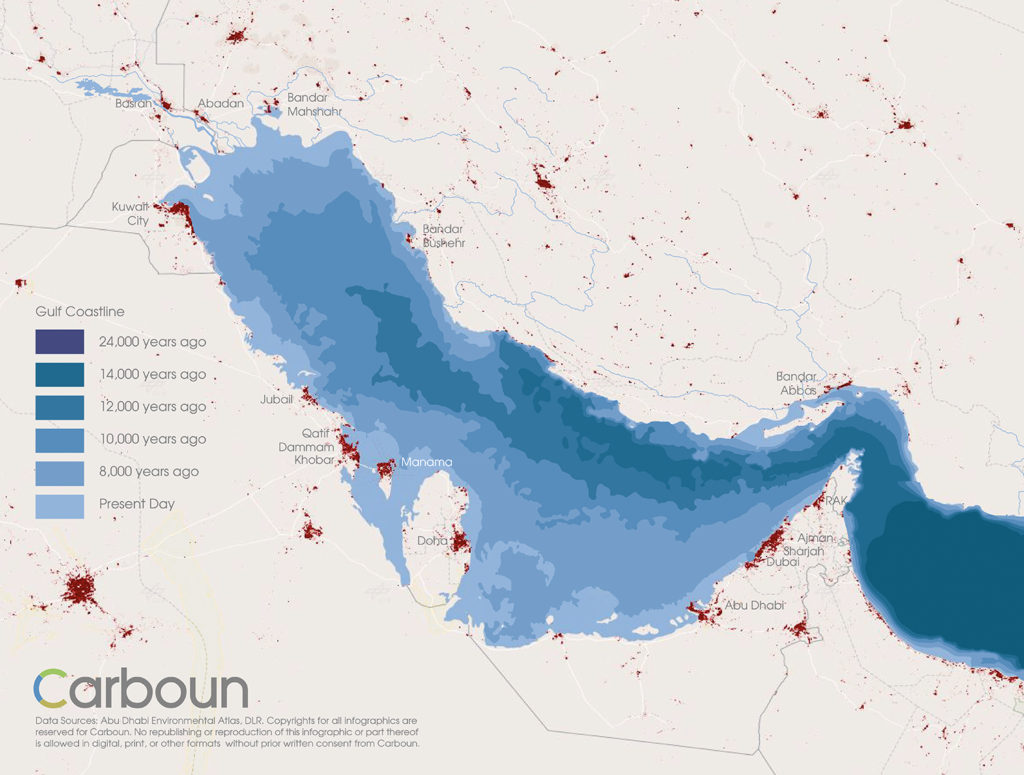|
|
Karim Elgendy and Natasha Abaza
Cities of the Middle East and North Africa (MENA) region share many characteristics that are not limited to their shared heritage, traditional urban form, or socioeconomic conditions. We argue that the cities of the MENA region share another characteristic; limited success in reaping the benefits of urbanization which has been taking place for over a decade, ultimately leading to unique growth in carbon emissions across multiple metrics
Continue reading Urbanization in the MENA region: A Benefit or a Curse?
Karim Elgendy
Since the start of the industrial age at the end of the 19th century, global surface temperatures have been on the rise due to increased carbon emissions. It is estimated that the earth’s surface temperature has already increased by an average of 0.9° C since then with obvious impacts on the global climate patterns.
The pattern of such warming has varied between different regions. Even within certain regions, sub-regional variations can be detected. In the Middle East and North Africa region, for example, there are sub-regional variations in how countries have warmed between 1880 and 2019, which correlate with their proximity to the Mediterranean Sea or the Persian/Arabian Gulf.
Continue reading When Did Your Country Start Getting Warmer?
Karim Elgendy
As the last ice age ended, the earth’s climate began to warm up, glaciers and ice sheets started to melt, and sea levels rose globally. With sea levels rising, seawater (once again) flooded into the Gulf (also known as the Persian Gulf or Arabia Gulf), whose sea floor was exposed for millennia and covered in sand dunes (except for lakes and the Tigris-Euphrates river meandering across it towards the Arabian sea).
Continue reading Sea Level Rise in the Gulf

Karim Elgendy
Most cities have a good reason for being located where they are. The major Palestinian cities of the WestBank are excellent regional examples of rational city location. The old cities of Jerusalem, Hebron, Bethlehem, Ramallah, Jenin, and Nablus are all located on the flat ridges of the West Bank mountain range, benefiting from mild climate and significant rainfall – unlike locations only 15 miles to the east such as the oasis city of Jericho.
Continue reading Cities of the West Bank

Karim Elgendy
Settling along the shores of the gulf
In the barren deserts of the Arabian Peninsula, people have always settled in locations that provided freshwater and enough natural resources to enable trade and economic development. Human settlements in the southern shores of the Gulf, in what we now know as the United Arab Emirates (UAE), are no exceptions to this.
For the last four centuries, the Bedouins of the Banu Yas tribes have settled a strip of land along the northern edge of the dune fields of the Arabian Peninsula’s Empty Quarter. Drawn to its plentiful ground water resources they established what is now known as the Liwa Oasis and developed date plantations which provided subsistence. But when fresh water was discovered on the Abu Dhabi Island in the late 18th century, Al Bu Falah branch of Banu Yas moved to the coastal location which – in addition to providing fresh water- also allowed them to develop pearling industry and trade.
In the early 19th century, another branch of the Banu Yas, known as Al Bu Falasa, moved from the Abu Dhabi Island to settle near a natural creek 90 miles east of the Abu Dhabi Island. In addition to ground water and pearling, the creek – now known as the Dubai Creek- allowed the establishment of a port which facilitated trade with neighbors across the gulf and beyond. They quickly established a settlement on the western shore the creek – known later as Bur Dubai – but had to abandon it two decades later and move to the eastern shore after a smallpox outbreak. By the end of the 19th century, the combined advantages of fresh water availability, the natural port, the pearling industry, and the good geographic location, were sufficient for the new settlement to endure a sweeping fire that burnt through most of it dwellings. The Bedouins that have settled in Dubai sought no other location and simply rebuilt their settlement.
Continue reading Policies to Buildings: The UAE’s Emergence as the GCC’s Sustainability Leader
Rokia Raslan
 Wind Turbines in Egypt – Copyrights: Igor Srdanovic In aiming to analyse the underlying issues that contributed to the rolling power blackouts of 2012 in Egypt, the first part of this two-part article focussed on attempting to offer an answer to the question of why did the blackouts occur. Following on from this, this second part attempts to answer the next crucial question of how do we solve this problem. While the previous Egyptian Government has focused on promoting behavioural change strategies as their primary approach for bridging the energy gap, a number of alternative strategies such as infrastructure upgrade, demand side management, increasing energy efficient of buildings, and diversification of energy sources were available. In an aim to explore this diverse range of policy options, the following will highlight and discuss the potential impact of a number of these possible solution pathways.
Continue reading Empowering Egypt: Strategies
Rokia Raslan
 Power Infrastructure in Egypt. Copyrights: Rémih The past summer has seen something that many Egyptians had long forgotten: rolling power blackouts. Reports have cited that these month-long power cuts have affected everyday life for Egyptians in many ways. The outages stranded passengers on the Cairo Metro, raised concerns about night time safety and contributed to water supply interruption. Over a period of over a month the frequency of power cuts increased dramatically and were mapped by the crowd-mapping website, Kahrabtak. Power outages in some areas lasted 18 hours a day, hitting poorer residential districts especially hard and prompting protests in Fayoum, Gharbiya and Giza among others.
Continue reading Empowering Egypt: Challenges
|
|







